Trending
Opinion: How will Project 2025 impact game developers?
The Heritage Foundation's manifesto for the possible next administration could do great harm to many, including large portions of the game development community.
A look at the cyberpunk world of Natsume's 1990 classic for the NES, Shadow of the Ninja.

This is a reblog of a post from my blog at gamemakeworld.wordpress.com.
Shadow of the Ninja (“Blue Shadow” in Europe and “Yami no Shigotonin KAGE” in Japan) was developed and published by Natsume in 1990 for the NES.
Worldview: Being a ninja
Theme: Infiltration of a cyberpunk machine world
The worldview may sound generic, and many games have certainly tried to create a “ninja” experience (compact and efficient actions, fast and nimble navigation, and strategic stealth). But SotN really makes it happen with the set-up of ninjas infiltrating a dystopian, mechanized world (a post-apocalyptic dictatorial America, to be exact).
GRAPHICS: Environments range from the rooftops of crumbling cityscapes, to rainy boats at night, to sleek interiors full of gears and moving parts. The style is generally dark and grungy, giving the game an atmosphere of “near-future society where machines flourish but humans are in danger” (i.e. cyberpunk). There are a lot of cold colors, until the final stage with its intense purple and red.
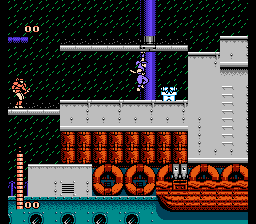
Fig. 1: Sneaking aboard a boat on a rainy night in the first stage
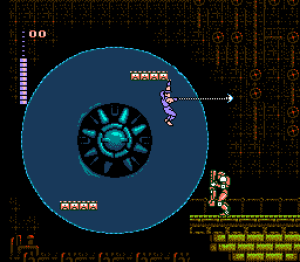
Fig. 2: Navigating turning gears in the second stage
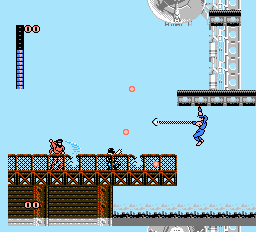
Fig. 3: Climbing up and into the enemy stronghold on a bright, sunny day provides some nice contrast
Though the first level is purely linear side-scrolling, others expand in all directions, and you’ll find yourself hanging, flipping, jumping and climbing around various platforms that are sometimes moving themselves. Also, your jump and attack range are relatively small (ex. you can’t go flying across the screen with a leaping bound), which allows for more compact levels. This lets you plan your path and flip about more skillfully, while also contributing to the experience of being an efficient ninja in a vast world of machines.
Most enemies’ designs include robotic and organic elements, while the heroes are decidedly human and old-fashioned in simple “ninja” clothes (though some enemies also follow the “ancient Japanese” theme of ninjas and samurai). The bosses follow the same cyborg theme, and are varied and imaginative. Across the board, sprites and their animations are detailed and impressive, especially considering the NES’ capabilities.

Fig. 4: Battle with a samurai atop the ruins of a city
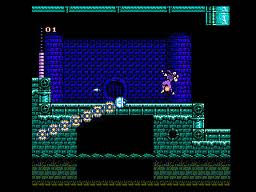
Fig. 5: Got hit by the “eyeball-on-a-chain” mini-boss!

Fig. 6: There is a theme of machines with eyes throughout the game
TEXT: The backstory, explained through pre- and post-game cinema, sets up a somewhat run-of-the-mill, post-apocalyptic scenario where an evil dictator who takes over America can only be stopped by two ninjas who infiltrate the country (assumably coming from Japan). Yet even the ninjas, the game’s hope for humanity, appear from the shadows and disappear back into the shadows at the end (hence the name of the game). Working from the shadows to rescue a world in darkness fits the cyberpunk theme and gives the game an interestingly dark set-up. To a limited degree (given that there is not much text involved), this heightens the drama of being an anonymous outsider infiltrating a sinister world of machines.
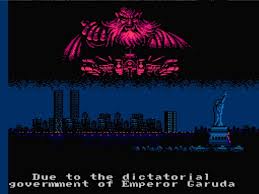
Fig. 7: Introductory cinema with a dark tone in visuals and text
SOUND: The sound effects are simple and effective, but the music steals the show. SotN offers one of the most riveting soundtracks for the NES. The fast tempo matches the brisk game play- it will get your heart racing, and remain stuck in your head after you’ve stopped playing. Though the tracks are best enjoyed with the game, check out my favorites here, here, and, my favorite of all (wait for when it drops the beat), here.
CONTROLS: Overall, the controls are incredibly responsive and tight, enabling you to move smoothly and efficiently to dispatch enemies. The short weapon range and the low jumps relatively low make for nice, compact actions. The best way to put it is that you feel like a ninja.
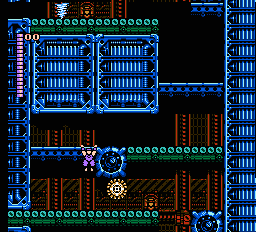
Fig. 8: In mid-flip between platforms
GOALS & RULES: The basic, short-range sword attack mentioned above can be gradually upgraded to increase its range and power. These power-ups are lost if you die, and must then be gathered again from scratch. It is thus simpler to rely on the chain and sickle weapon, which has much longer reach but lacks power and cannot be upgraded. In this way the weapon system allows for a simpler approach that will please beginners as well as a more complex and powerful route that requires more skill.
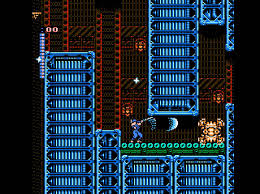
Fig. 9: The sword attack reaches further after collecting upgrades
There is no timer so there is no pressure to rush, but nonetheless the game moves quickly. Also, compared to many other platformers, it is quite lenient with the life bar in that you can be hit many times, and even if you fall into a pit- the classic frustration of platforming games- you appear right back on the screen and only lose a chunk of health.
Again, this makes the game very playable from the get-go for newcomers, while still offering plenty of challenge in actually making it all the way to the end for serious player. The generous life bar and the lack of timer enable the player to experiment, determine the best approach, and strike at just the right moment.
Though there are limited numbers of shuriken (and bombs) placed around the levels that enable you to make special/ranged attacks, for the most part you must rely on melee attacks. Also, enemies are relatively scarce, but carefully arranged and usually requiring multiple hits to take down. This encourages more strategic play and efficient, well-timed hits. You feel like you are skillfully taking down enemies while navigating the terrain, rather than haphazardly slashing your way through wave after wave of small fry enemies. At the same time, the levels are brisk and fresh, continually throwing new types of enemies and obstacles at you.
Two player mode is a rarity in platforming games, and I think it’s a real delight here. The lenient time and life supply keep co-op play fun even if one player is slower or more prone to be hit.
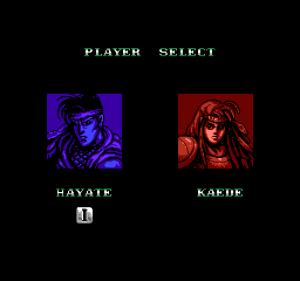
Fig. 10: The two player characters, Hayate and Kaede. You can select one, or control both with a friend
WHAT COULD BE BETTER
The only real downfall are technical limitations- for one, having no save feature. There is also an area in one stage where so many enemies appear on screen that there is visual glitching and lag.
Besides that it is generally smooth sailing and there’s not much to complain about, though some hardcore platforming gamers online seem to consider it too easy. I’m no hardcore platforming gamer myself, so I’ll let you decide.
GRAPHICS: Effectively create a cyberpunk world of man and machine
CONTROLS: Swift, efficient ninja action is a delight to experience
SOUND: It’s not an exaggeration to say that the exciting and engaging soundtrack is a masterpiece of the 8-bit era
TEXT: The backstory and in-game cinema set a dark tone
GOALS & RULES: Relatively small numbers of enemies, a complex weapon system, and brisk, varied level design make you feel like a skilled ninja- by yourself or with a friend
OVERALL: I know there are more ninja games out there than you can shake a stick at, all of them claiming to make you feel like a bad-ass ninja. But Shadow of the Ninja isn’t pulling your leg. With dazzling (if old-fashioned) visuals and music, why not step back to 1990 for a cyberpunk ninja treat? [Thankfully it is in the Wii Shop so you don't need a functioning Nintendo to play.]
Read more about:
BlogsYou May Also Like